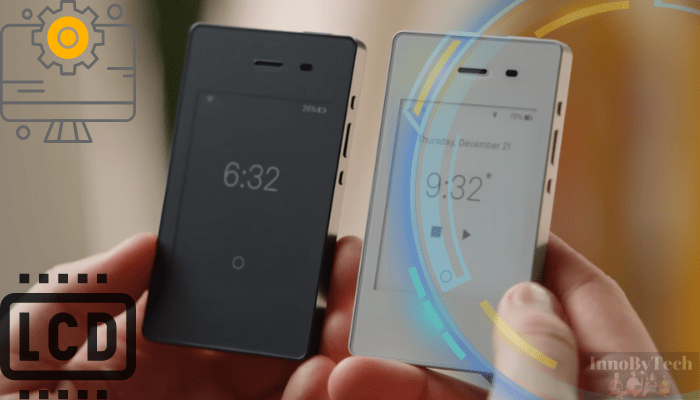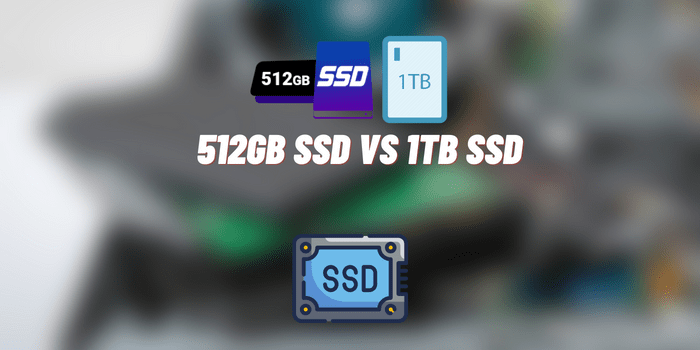Introduction to Monochrome LCD Technology: Features and Applications
As technology users, we get to see cool new things coming out all the time, and it’s pretty fascinating. Our lives are easier because of these new developments. Remember when you had to spend hours doing chores? Now you don’t have to. Every day, we depend on modern technology to get our regular stuff done. And with new electronic gadgets always showing up for us to check out, companies are always trying to find exciting ways to amaze us users.
Let’s talk about something that’s been around for quite a while – the amazing LCD screen. Our screens have come a really long way, and Liquid Crystal Displays (LCDs) have been a big part of it. Back when we had those chunky screens to now having modern LCDs, a lot has changed. But, with all the cool tech we have today, where do the monochrome screens fit in? How is something so simple and basic still important in our technology-powered world?
In this article, we’re going to explore the history of LCDs and reflect on how they started. We’ll take a look at their history and development over time. Then, we’ll dive into the world of monochrome LCDs, the simple black and white screens, and talk about why they’re still a big deal. As we go through all of this tech stuff, we’ll discover the special features and different ways monochrome screens are used in different industries all around the globe.
- Genesis of LCDs: A Historical Overview
- Monochrome LCDs: The Appeal of Simplicity
- Applications Across Industries
- Final Words
The Genesis of LCDs: A Historical Overview

A long time ago, in the late 1960s, scientists started looking into special materials called liquid crystals to use in displays. But it wasn't until the 1970s that they actually made practical displays using liquid crystals. This was a big change from the heavy and power-consuming cathode-ray tubes we used before. The key moment was the discovery of TN technology, which let them control the way light worked. Naturally, they did this with the help of liquid crystals.
This discovery made LCDs lighter and more energy-efficient. Soon, they started using LCDs in calculators, watches, and later, computer monitors and TVs as well. As time passed, they kept making LCDs better with things like TFT technology and IPS, which improved how they work and show colors.
Monochrome LCDs: The Appeal of Simplicity

In a world colored with vibrant tones and high resolutions, monochrome LCDs stand as a testament to the beauty of simplicity and functionality. It’s exactly that simplicity and functionality that make them the top choice for certain applications, especially when color isn’t really that important. Monochrome LCDs, as the name suggests, display images in a single color, typically black and white. This simplicity, however, is key to the sophistication and efficiency that monochrome LCD technology brings to various industries.
So, what are the unique features of LCD monochrome displays used across various industries? Let’s take a look.
Contrast and Visibility
First of all, we can’t but emphasize the excellent contrast and visibility that these devices offer. Monochrome LCDs provide sharp and clear images thanks to their contrast abilities. This makes them ideal for applications where visibility is critical, such as outdoor displays and medical imaging.
Power Efficiency
Another inherent advantage of monochrome LCDs lies in their power efficiency. With fewer color components to illuminate, these displays consume less power, making them suitable for battery-operated devices. That means you no longer have to stress about charging your device frequently. Instead, with monochrome screens, you can rest assured your device will operate on battery for a long period of time.
Longevity and Reliability
Additionally, monochrome LCDs often boast longer lifespans and greater reliability compared to their color counterparts. This durability is particularly valuable in industries where continuous operation is essential. That’s why, back in the day, people could rely on technology for decades whereas today most gadgets come with an expiration date.
Readability in Sunlight
As said, the high contrast of monochrome LCDs improves readability in various lighting conditions, including direct sunlight. This makes them ideal for outdoor applications, for example in industrial equipment or transportation displays.
Applications Across Industries

Now that we’ve covered all the advantages these displays offer, it’s time to see which industries have found these features to be useful and have included them in their everyday practice.
Medical Imaging
Monochrome LCDs find extensive use in medical imaging devices, where accurate visualization of diagnostic images is crucial. Their high contrast and resolution contribute to the precision required in healthcare settings. It allows healthcare professionals to easily interpret data and set diagnostics.
Industrial Control Systems
In industrial environments, monochrome LCDs serve as integral components of control systems. As these screens are resistant to harsh conditions, it makes them suitable for monitoring and managing industrial processes.
Aviation Cockpits
Cockpit displays use monochrome technology. They use the combination of clarity and low power consumption to comply with the strict requirements of aviation applications.
Public Transportation Displays
Monochrome LCDs are usually used in public transportation systems for displaying route information, schedules, and announcements. It’s their readability in various lighting conditions that ensures passengers receive accurate info and data.
Barcode Scanners and POS Terminals
You probably noticed how your favorite shop uses monochrome screens. In the retail industry, monochrome LCDs are used as barcode scanners and point-of-sale terminals. Their efficiency, longevity, and visibility contribute to the seamless operation of these critical systems.
The Final Word
As we conclude our guide on monochrome LCD technology, it becomes evident that simplicity, when coupled with functionality, can be a powerful (and unbeatable) combination. The evolution of LCDs from their early days to the present has showcased the adaptability of this technology to diverse applications. Monochrome LCDs, with their unique features and applications, continue to carve a niche for themselves in industries where precision, reliability, and efficiency are paramount.
In an era dominated by an explosion of colors on screens, monochrome LCDs stand as a testament to the enduring elegance of black and white. From medical advancements to industrial control, the influence of monochrome LCD technology resonates across sectors, enhancing the way we interact with information.






